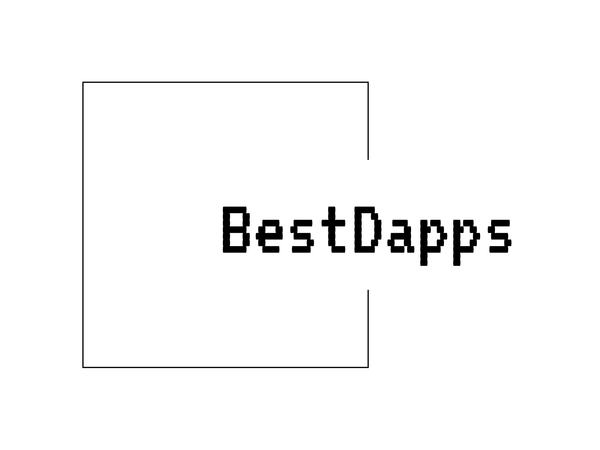
Optimism (OP): A Roadmap for Blockchain Evolution
Share
Optimism (OP): Future Technical Prospects and Roadmap
Optimism (OP) is a Layer 2 (L2) scaling solution developed to address Ethereum's scalability challenges. Utilizing Optimistic Rollups, OP seeks to improve transaction speed and reduce costs while preserving the decentralized aspects of the Ethereum network. As Optimism continues its development, its roadmap highlights various upcoming technical improvements designed to maintain competitiveness in the evolving blockchain space.
Decentralization and Governance
One of the key technical focuses of OP is increasing decentralization. Currently, a significant aspect of the Optimism network relies on trusted validators that are tasked with verifying and submitting transaction batches to Ethereum. However, there are ongoing efforts to de-emphasize centralized validators' roles, providing a more decentralized infrastructure for validation. Future upgrades aim to allow community participation in the decision-making process, fostering a system that could be more resistant to central points of failure.
User participation in governance is also expected to evolve. OP leverages a two-tier governance system: Token House and Citizens' House, pointing towards increasing community control over development choices. Technical prospects might include greater integration of decentralized autonomous organization (DAO) features, allowing OP holders deeper control over the protocol’s development priorities, fees, and treasury usage. Governance-aided development could ensure healthy long-term engagement of the community in technical roadmaps.
Continued Optimistic Rollup Enhancements
Optimistic Rollups are the core scaling mechanism of OP, aiming to deliver faster and cheaper transactions compared to base-layer Ethereum. Nonetheless, Optimism faces competition from other Layer 2 technologies, including zk-rollups (zero-knowledge rollups). The future technical roadmap includes enhancing the efficiency of Optimistic Rollups, such as lowering the fault-proof computation time. Developing more seamless and robust fraud detection methods will also be an area of focus. Optimism’s technical team continues to refine methods to minimize withdrawal delays, enabling faster user access to their funds once transactions have been proven.
Interoperability and Cross-Chain Efficiency
Interoperability with other Layer 1 and Layer 2 networks remains a key prospect. Optimism aims to facilitate smoother interactions across multiple decentralized finance (DeFi) ecosystems and platforms. Enhancing cross-chain bridges is another critical technical goal for OP, which could ensure compatibility and reduce friction within multi-chain applications. With the blockchain industry moving towards a more interconnected, modular framework, Optimism’s roadmap emphasizes developing solutions that will allow these interoperable networks to flourish.
Building on EVM Compatibility
The Optimism team is committed to ensuring Ethereum Virtual Machine (EVM) equivalence. This means developers can directly port their Ethereum-based decentralized applications (DApps) to Optimism without extensive modifications. Enhancements along this path might lead to more efficient tooling for developers, reducing friction in making dApps scalable. By focusing their efforts on continued EVM compatibility, Optimism plans to become a natural extension of the Ethereum ecosystem without requiring developers to learn new languages or adopt significantly different coding paradigms.
